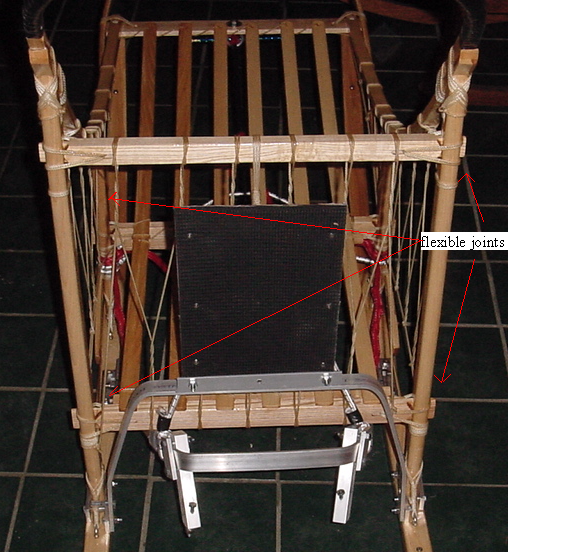Friction
Friction in dog sledding is both good and bad. It allows you to turn and slow down when you want to but it also slow you down and makes the dogs and the musher work harder.
Friction as a good thing
however this you need a lot of friction to take corners without sliding sideways and crashing. The way dog mushers get a round this is by building the sled so that it will flex when the musher leans.
.
This flexing turns the edge of the runner downward so it can dig into the snow creating lots of friction in the sideways direction, but because the front has no weight the friction in the front of the sled is still small. This allows the force of the dogs pulling to pull it around the corner. This turns the runners perpendicular to the momentum of the sled and preventing sliding.
Another good thing about friction is the ability to both start and stop. The dogs require friction to pull, so if you put you and your team out on a frozen pond that is near frictionless because of the glare ice. you can't expect to go any where very quickly because the dogs will slip every time they try to pull. Thankfully dogs have toe nails to help prevent this from ever happening.
Stopping is usually considered a good ability to have and even though the dogs are supposed to stop on command you still don't want to have a sled with a person and gear slamming into all you dogs. So of coarse the way to prevent this is to put a brake on the sled. Brakes are usually just sharp medal spikes with a flat bar across to step on. When weight is applied to the brake the spikes or teeth dig into the snow and greatly increase the friction. This slows the sled by countering the force that is applied by the dogs.
Mushers also use a snow hook to stop If there is ether something wrong or they just want to stop for a while.

The Idea of this is to make the frictional resistance so height that the dogs can't reasonably pull the sled.

